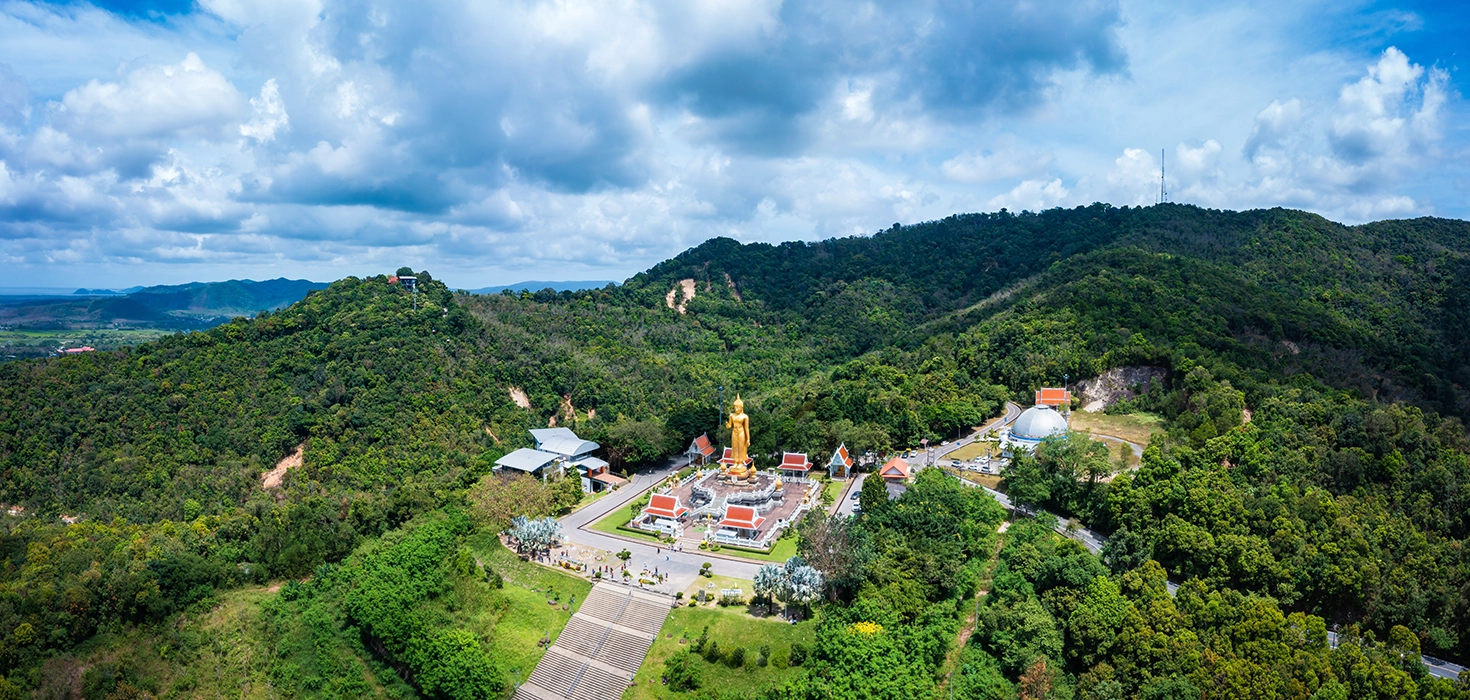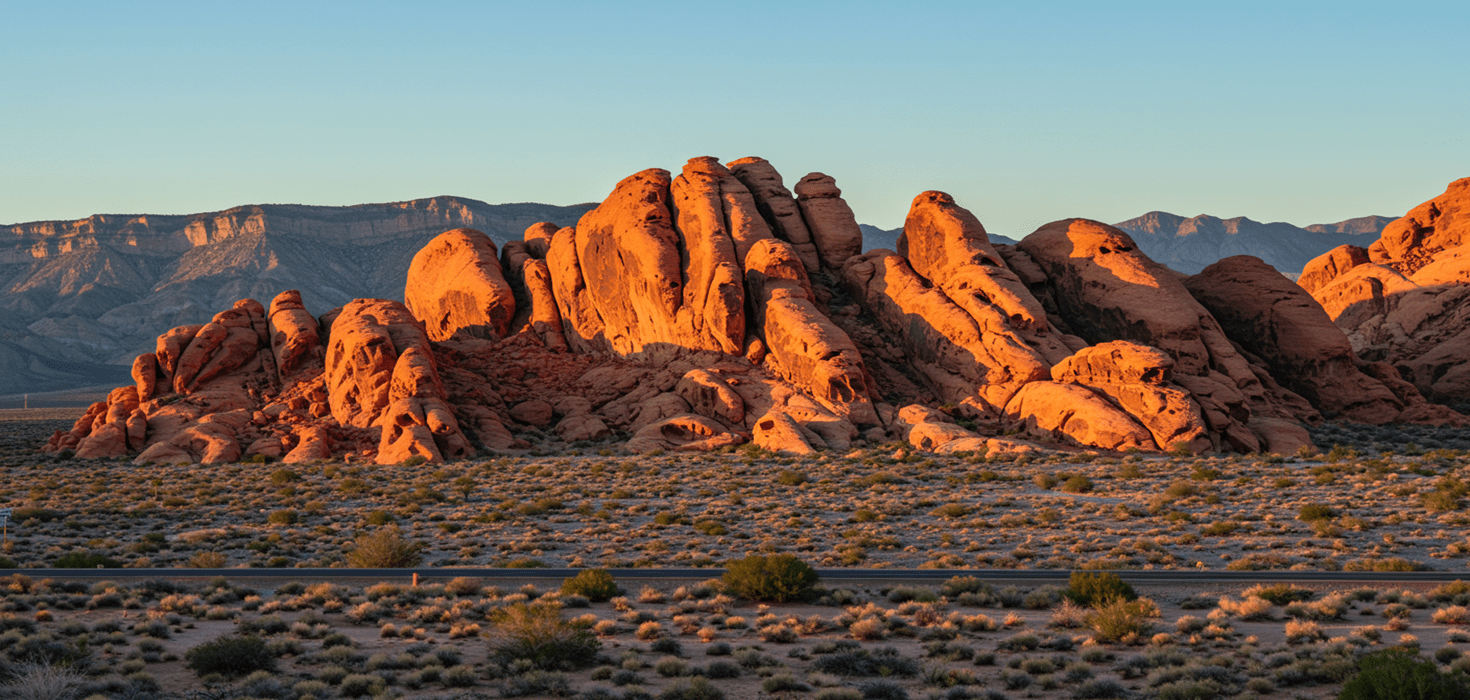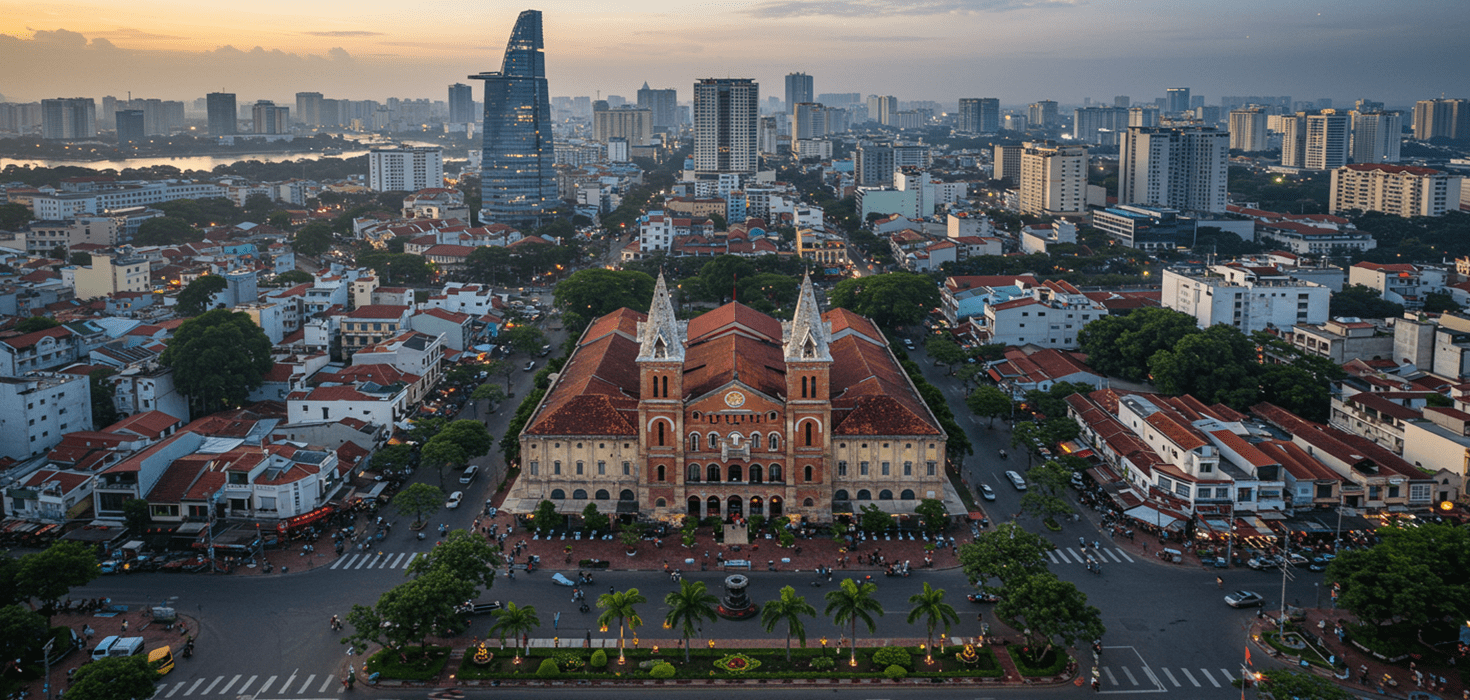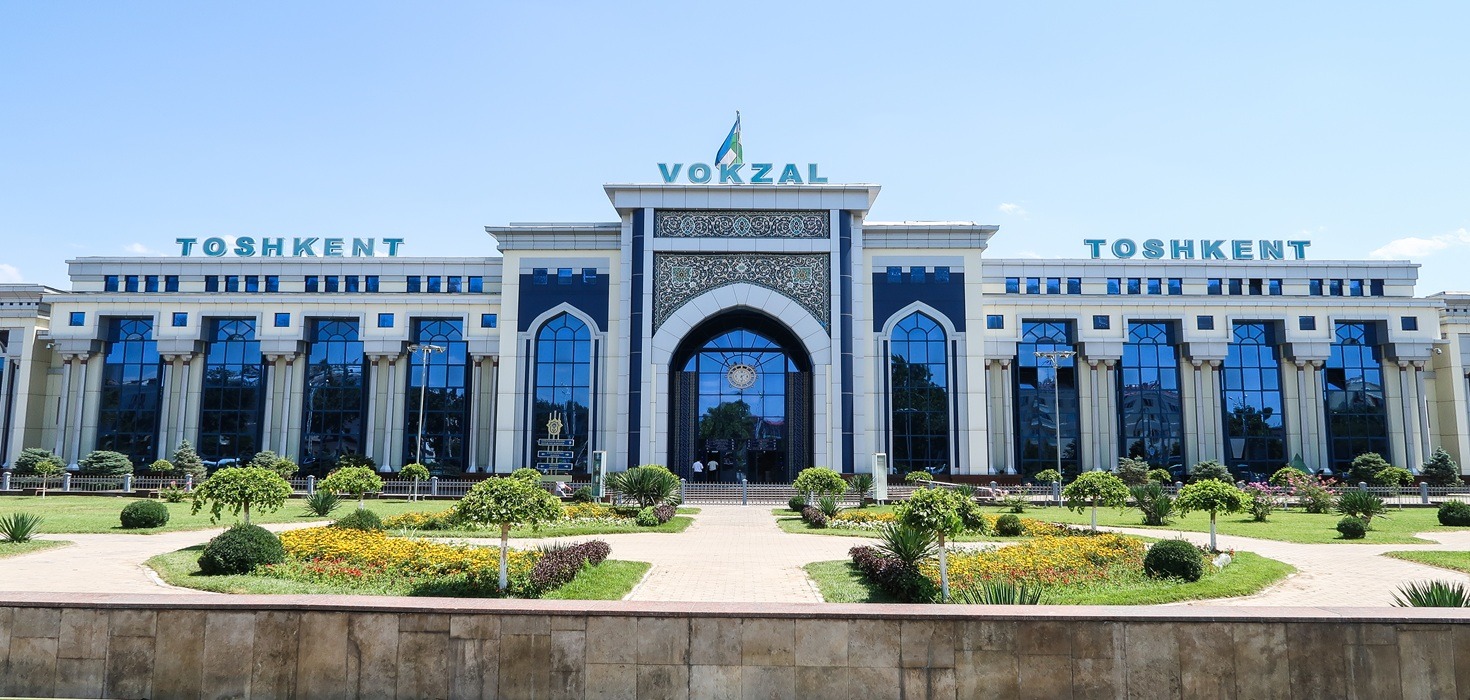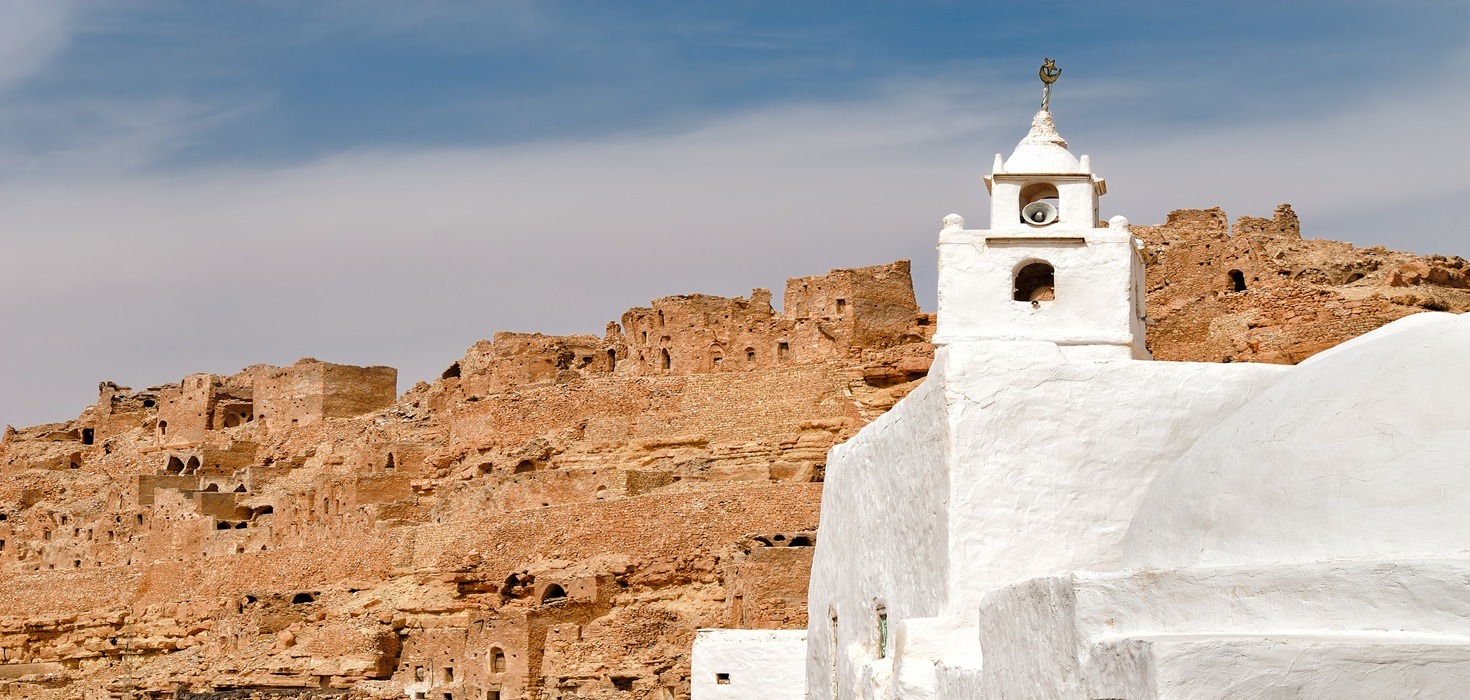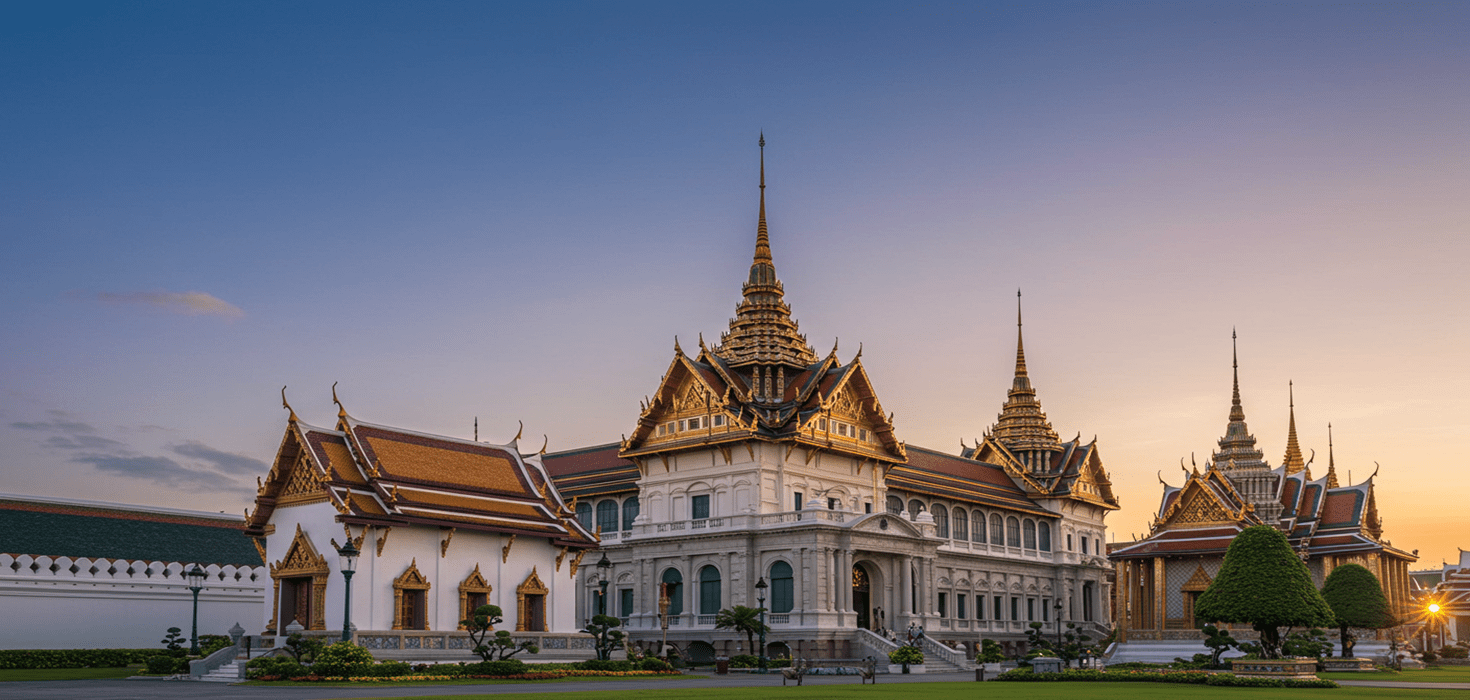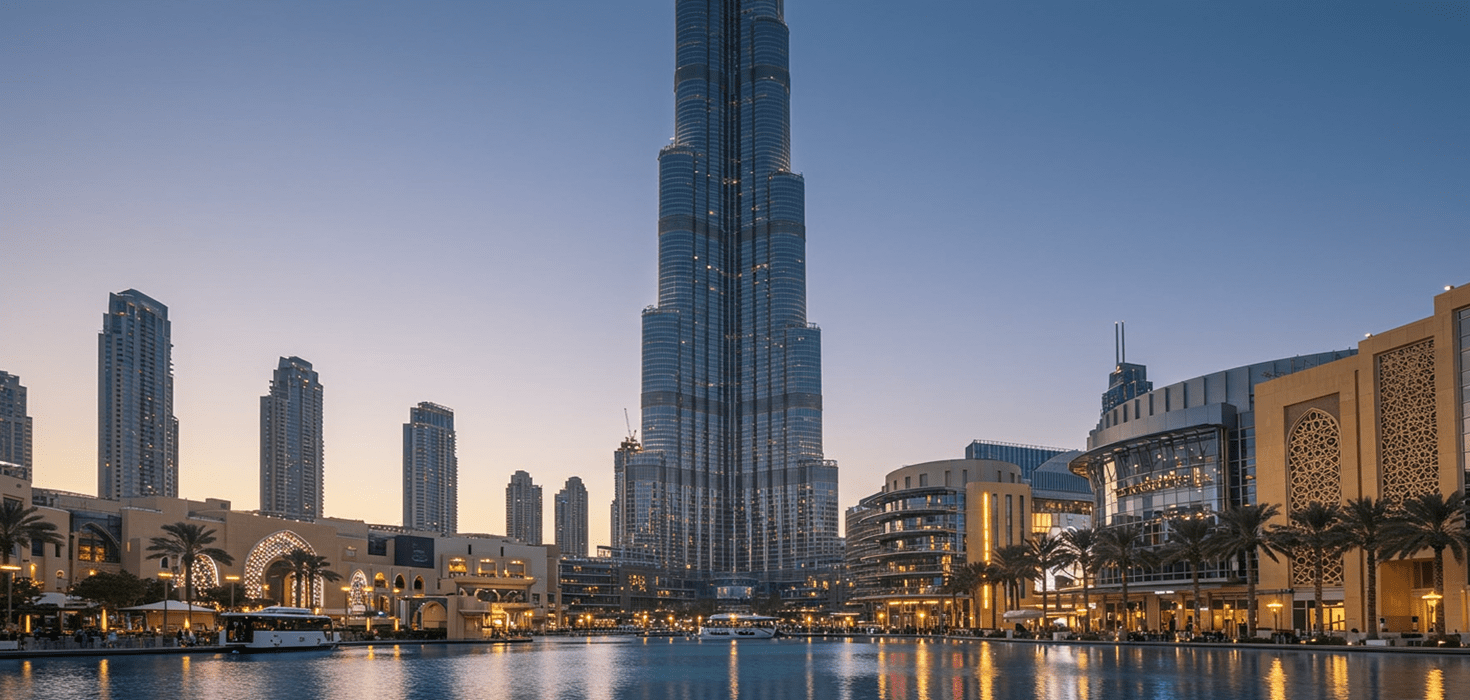Rent a yukata for sightseeing, and discover things to do in Kumamoto which include touring Kumamoto Castle and admiring traditional arts and crafts. Situated next to a still-active volcano on the island of Kyushu, Kumamoto is brimming with bubbling hot springs as well as historic landmarks and modern shopping malls.
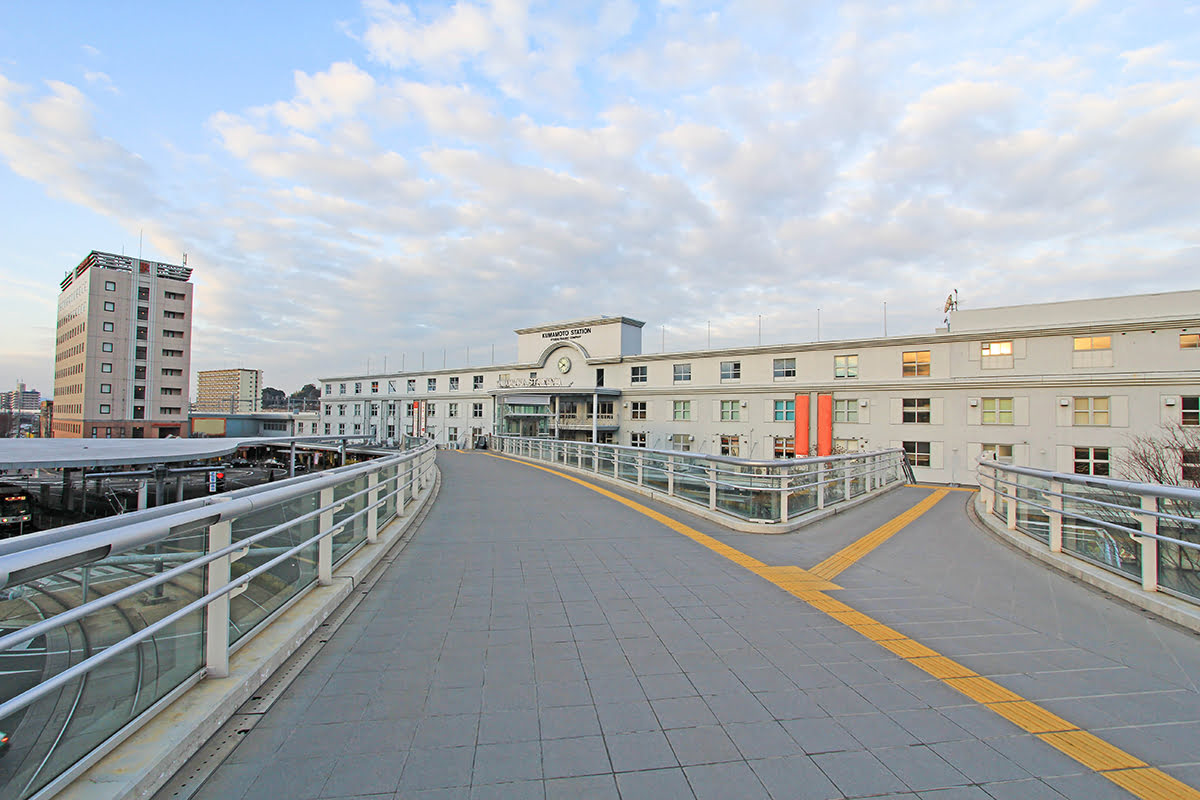
Things to Do in Kumamoto | Day 1 – Arriving at Kumamoto City
Most travelers who arrive by rail will arrive in Kumamoto City by train at Kumamoto Station. Shinkansen trains stop here as well as local and regional rail lines. Centrally located, Kumamoto Station has a tram stop outside the East Gate and there is a tourism information office inside the station. Bus and train tickets to destinations in Kumamoto Prefecture or beyond can be booked up to 30 days in advance of travel, so you will be perfectly placed to explore Kumamoto’s history and be charmed by this captivating region of Japan.
Kumamoto Station
The area around Kumamoto Station is full of comfortable hotels located within walking distance. Kumamoto Station has two sides to it. Shinkansen trains have their own side, but it is simple to travel between sides. The station has cafes and souvenir shops inside as well as ramen noodle and curry eateries.
Exit Kumamoto Station through the East Gate for pedestrian access to local shops, restaurants, cafes, and hotels, as well as access to public transportation including trams and express buses. The West Gate leads to a much quieter residential area.
Aso Kumamoto Airport
Aso Kumomoto Airport (KMJ) is an international airport with short-haul flights arriving from several international destinations. The airport tends to see most flights from within Japan, primarily the major cities of Tokyo and Osaka. The airport is served by bus, train, and taxi, providing easy access to Kumamoto City.
Flights from Tokyo are frequent and are a simple way to add the Kumamoto region to your Japan itinerary.
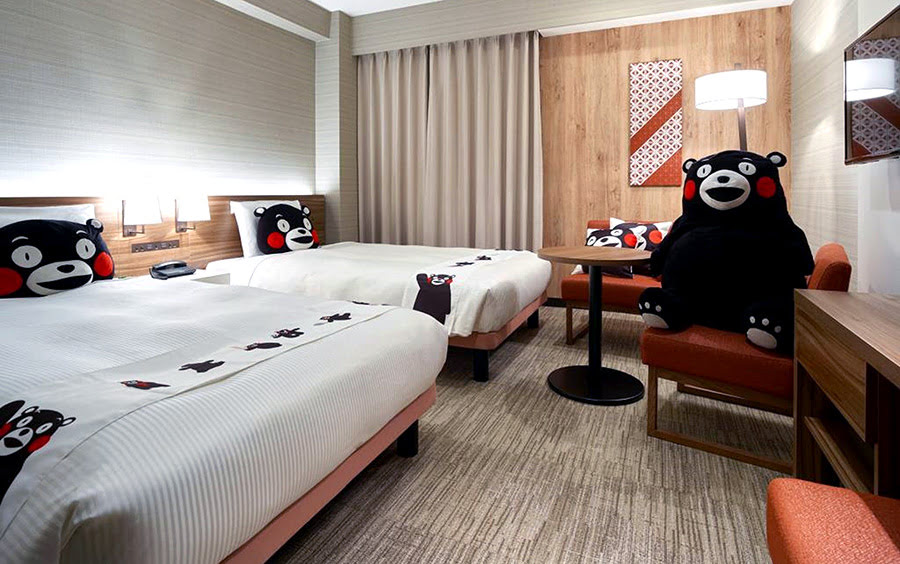
FIND & BOOK A HOTEL IN KUMAMOTO PREFECTURE
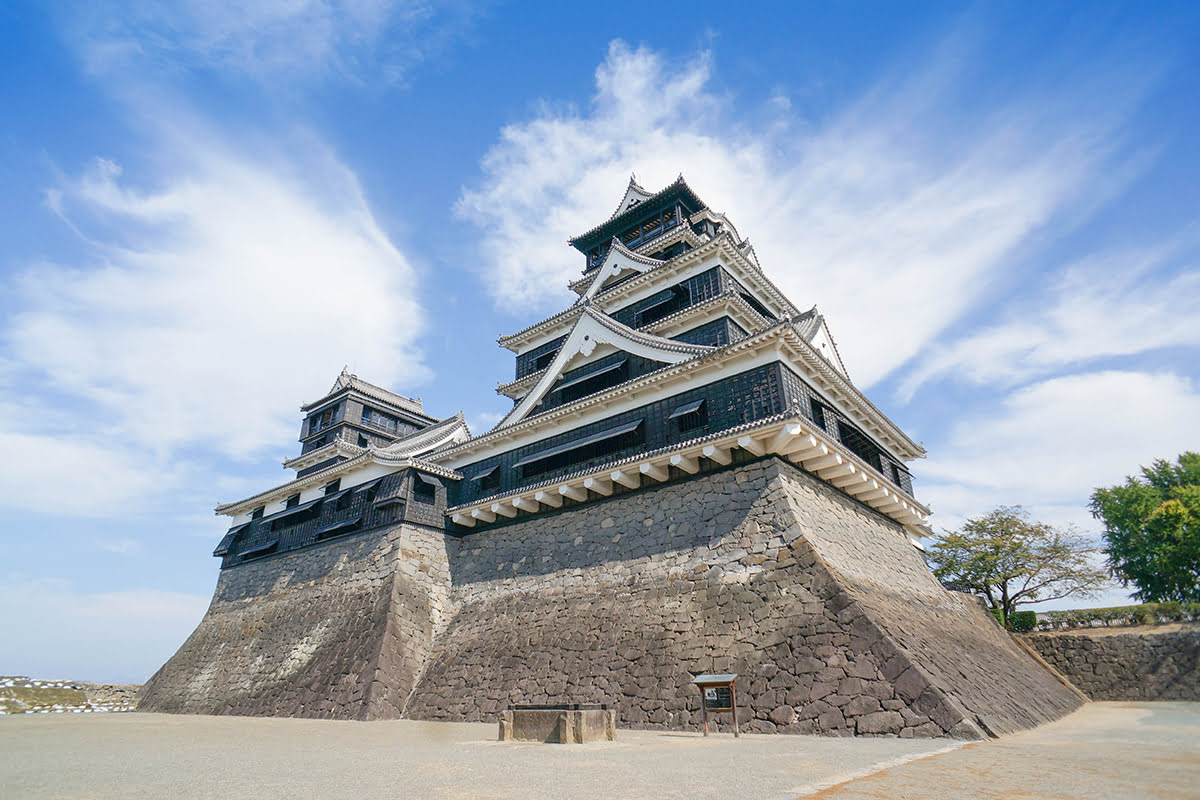
Things to Do in Kumamoto | Day 2 – Sightseeing in the City
Spend your second day taking in the aesthetic sights of Kumamoto. Filled with historic landmarks, shops, cafes, and artisan vendors, the Kumamoto region has enough Instagram-worthy locations to keep your day packed with sightseeing.
Kumamoto Castle
It is ideal to begin your sightseeing tour at Kumamoto Castle. Situated on a hilltop, Kumamoto Castle is a restored castle with some original structures remaining. The castle has been damaged, restored, and repaired many times over the centuries since it was originally established in the 15th century. Kumamoto Castle has a unique underground tunnel leading from the castle to the former residence of the Hosokawa clan.
Plans are in the works to open the castle grounds to the public by 2021, but for now, tourists cannot enter the main complex. A photo of the hilltop landmark, however, is a must-have souvenir from Kyushu. Soon, travelers who visit on certain days will have the opportunity to get a closer view, thanks to a new viewing plaza. The plaza will open from October 5 to 14 during the 2019 Rugby World Cup and will open to the public on Sundays and national holidays following the 10-day special event.
The castle is approximately a 15-minute tram ride from Kumamoto Station.
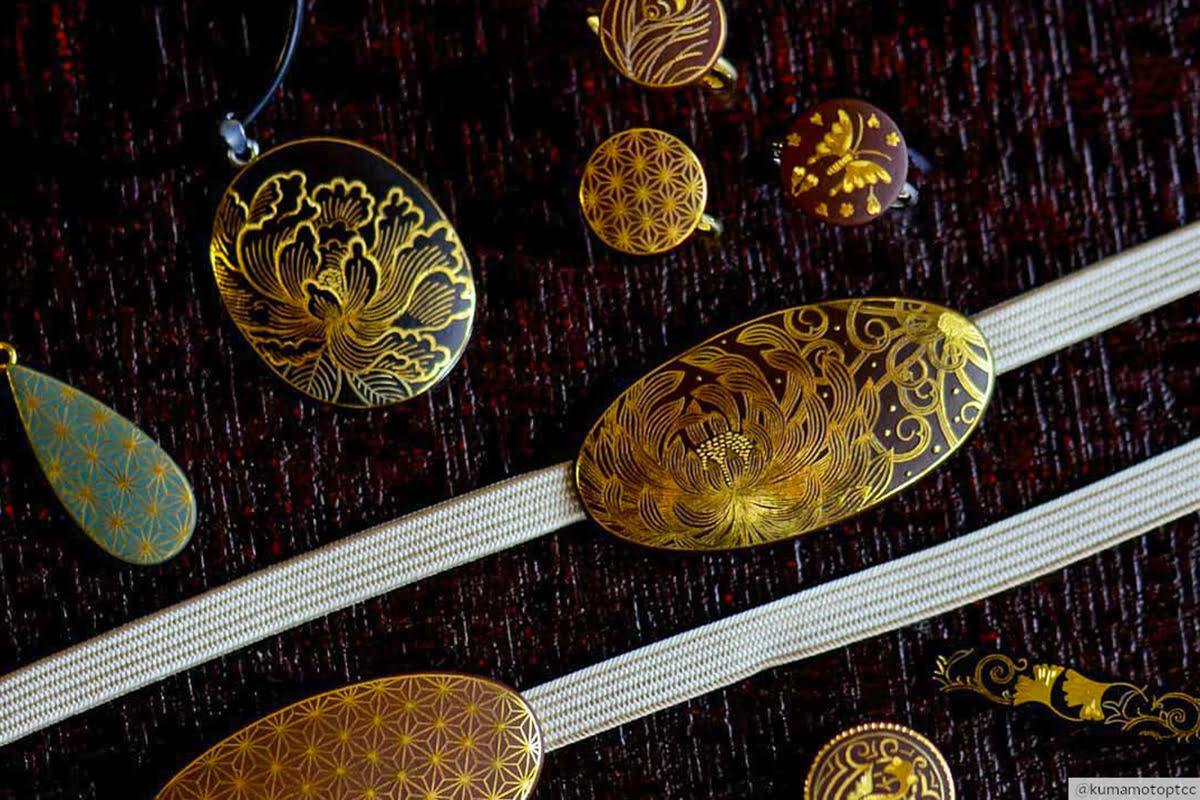
Traditional Art and Crafts
Kumamoto is a vibrant city with a long artisan history. Just a short walk from Kumamoto Castle is Kumamoto Prefectural Traditional Craft Centre, where visitors can buy traditional crafts and participate in Japanese art and craft classes. Look for wood carvings, products made out of pottery, or baskets woven from bamboo. Many of the local artisan-made crafts are available for purchase at the center. The center has a large collection of traditional art pieces on display, showing a variety or techniques and art forms.
Higo Zogan
The sparkling craft of Higo Zogan is a traditional art practiced in the Kumamoto region. Made from engraved iron inlaid with gold or silver using traditional motifs, Higo Zogan pieces have a surprisingly modern look. Workshops and classes are available for visitors to make their own piece of beautiful Higo Zogan art work.
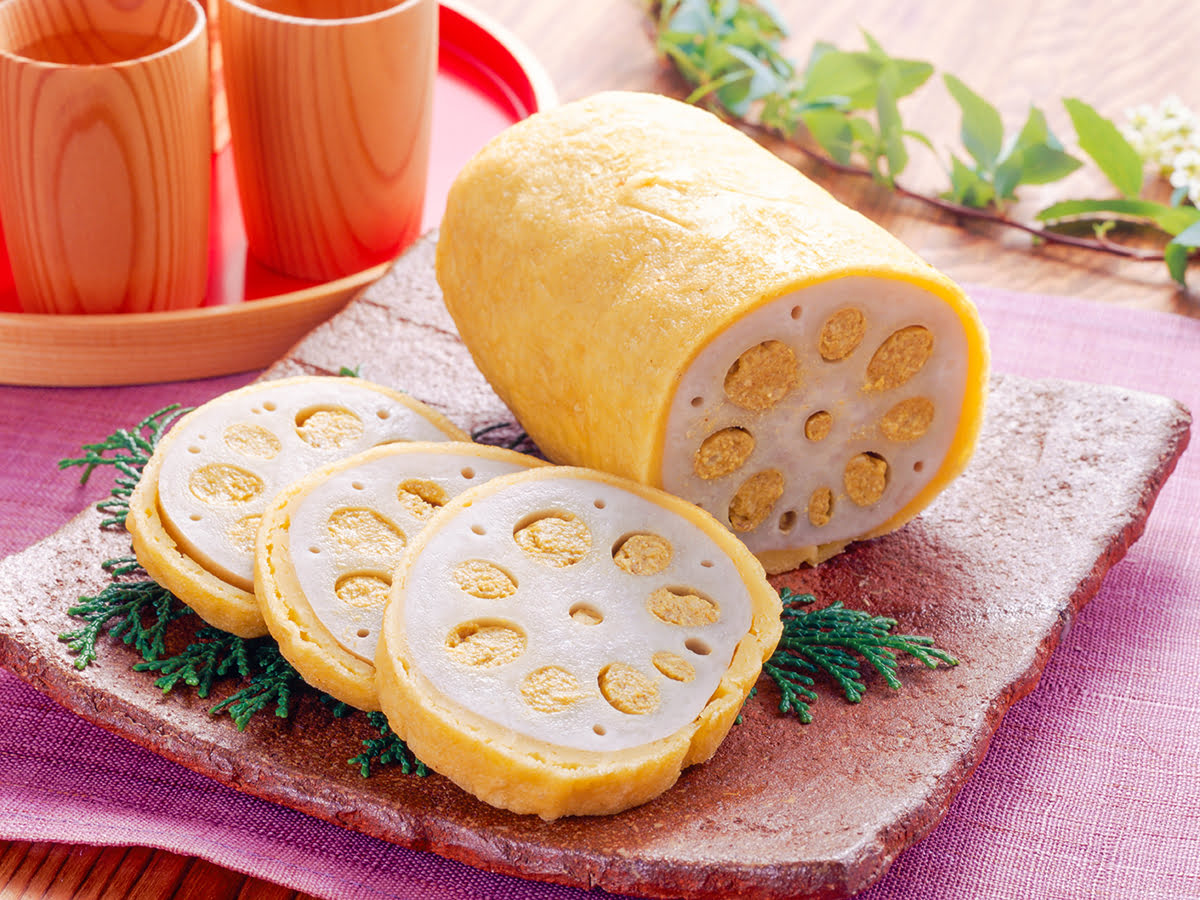
Karashi Renkon
Karashi renkon is a tasty Kumamoto specialty made from the root of a lotus plant. Stuffed with very hot and spicy mustard, battered and deep-fried, karashi renkon is a legendary dish which is packed full of vitamin C. Visitors can sign up for an experience making karashi renkon, virtually exclusive to the Kumamoto region, and get a taste of what all the fuss is about.
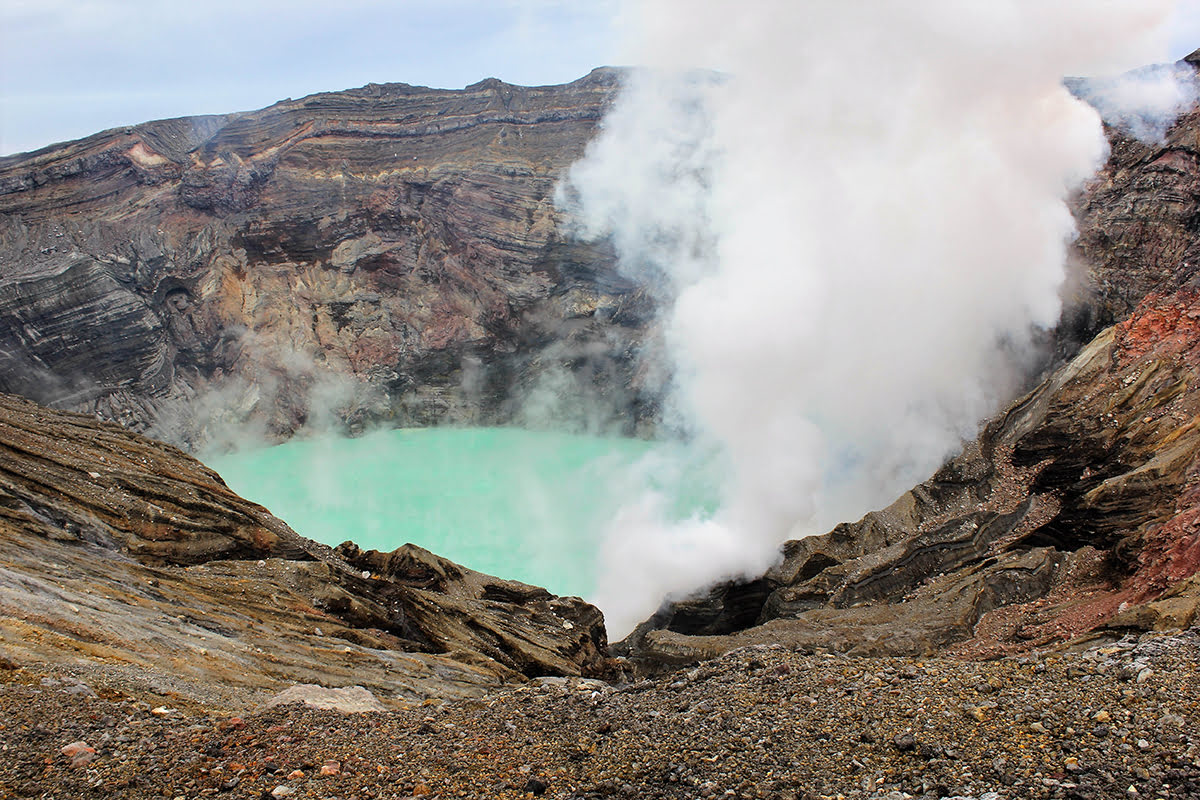
Mount Aso
The city of Aso is in Kumamoto Prefecture, just north of Mount Aso. The city has plenty of natural beauty, including hikes up the mountains and to the famous Mt. Aso Nakadake Crater.
You can get to Aso by taking the train from Kumamoto Station to Miyaji Station in Aso, or by taking a bus from Aso Kumomoto Airport. The region has well-maintained walking and hiking paths as well as beautiful driving loops. It is not unusual for visitors to rent a car since there is no public transit in the mountain region.
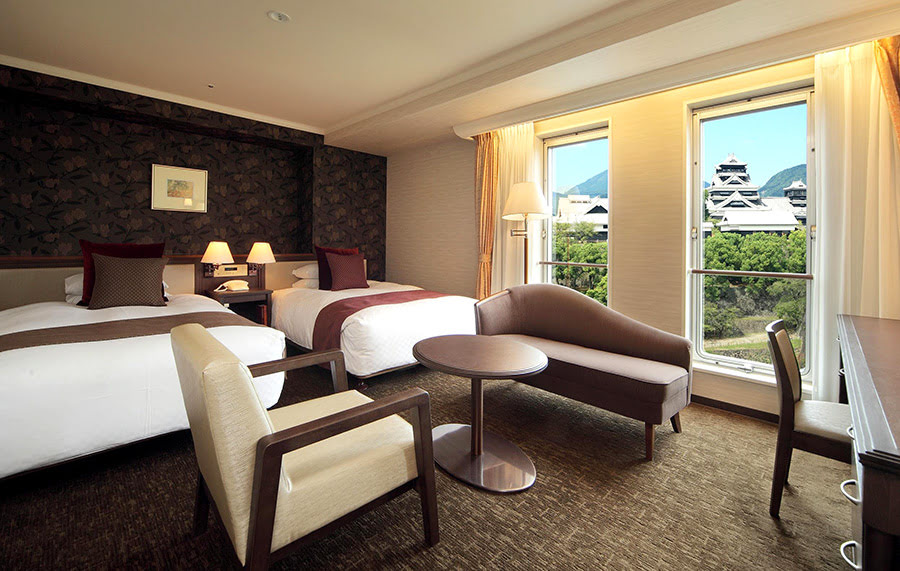
FIND & BOOK A HOTEL IN KUMAMOTO PREFECTURE
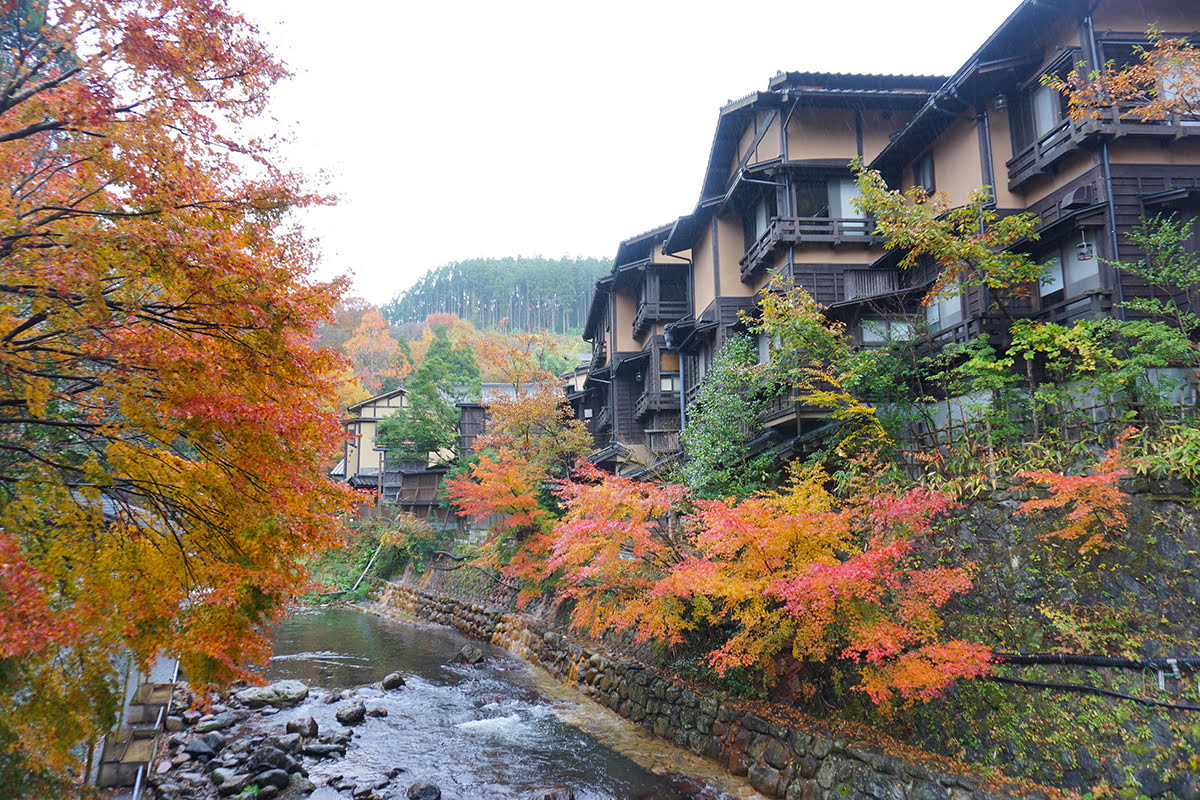
Things to Do in Kumamoto | Day 3 – Kurokawa Hot Springs
Because of Kumamoto‘s location near the active volcano Mount Aso, the area has geothermal activity and plenty of hot springs. Take a day trip up the mountain to Kurokawa Onsen to soak in Japanese hot springs. The water in the open-air pools is suitable not only for soaking but also for drinking, and both are believed to have restorative health benefits.
Kurokawa Onsen
Onsens are popular throughout Japan and people routinely enjoy relaxing in the soothing warm waters of the public baths. Soaking in the waters should take a few hours as most bathers will move from one pool to another, and it is wise to take time to cool down in between.
Kurokawa Onsen is one of the most famous onsens in Kyushu and it is just under two hours by car from Kumamoto Station.
Visitors also can travel by train and bus to the area. The trip takes about three hours and starts with a train ride from Kumamoto Station to Higo-Ozu Station, where passengers can board a bus to Kurokawa Onsen.
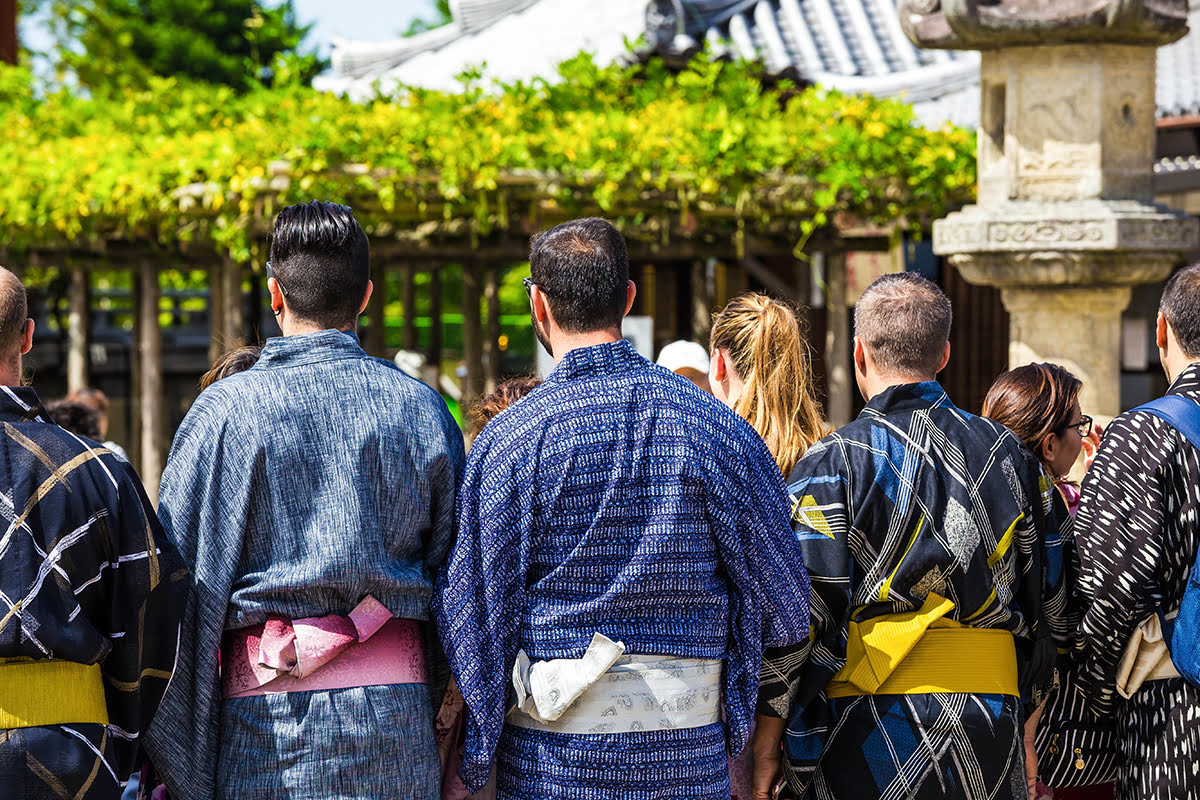
Yukata Wearing
A yukata is a traditional Japanese garment usually worn at summer festivals or special events. Many hotels or ryokans will provide them for guests to wear out and about during their stay. Visitors may walk around historic Kurokawa between onsens and hot springs to experience the traditional dress. Men and women wear the same lightweight cotton garment but in slightly different styles. Customs of wearing yukata vary by region, and in Kumamoto, yukata are worn year-round.
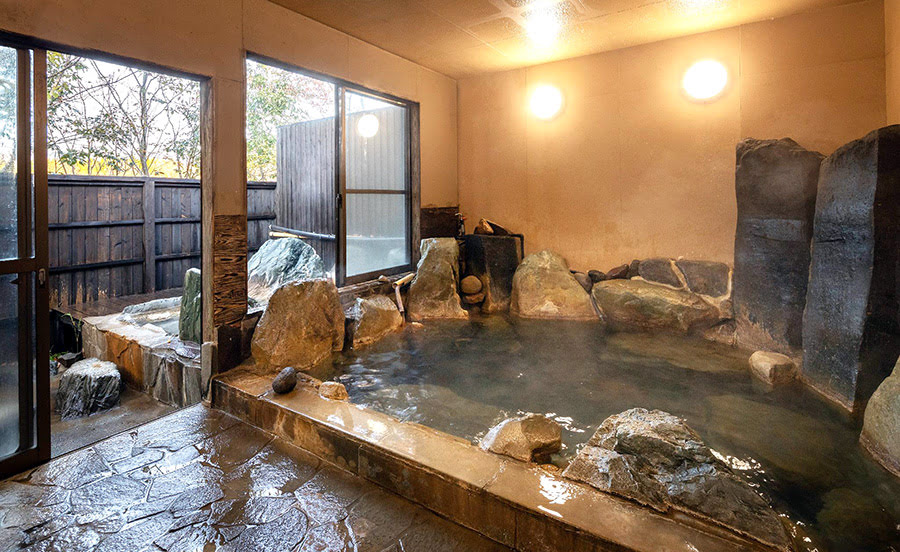
FIND & BOOK A HOTEL IN KUMAMOTO PREFECTURE
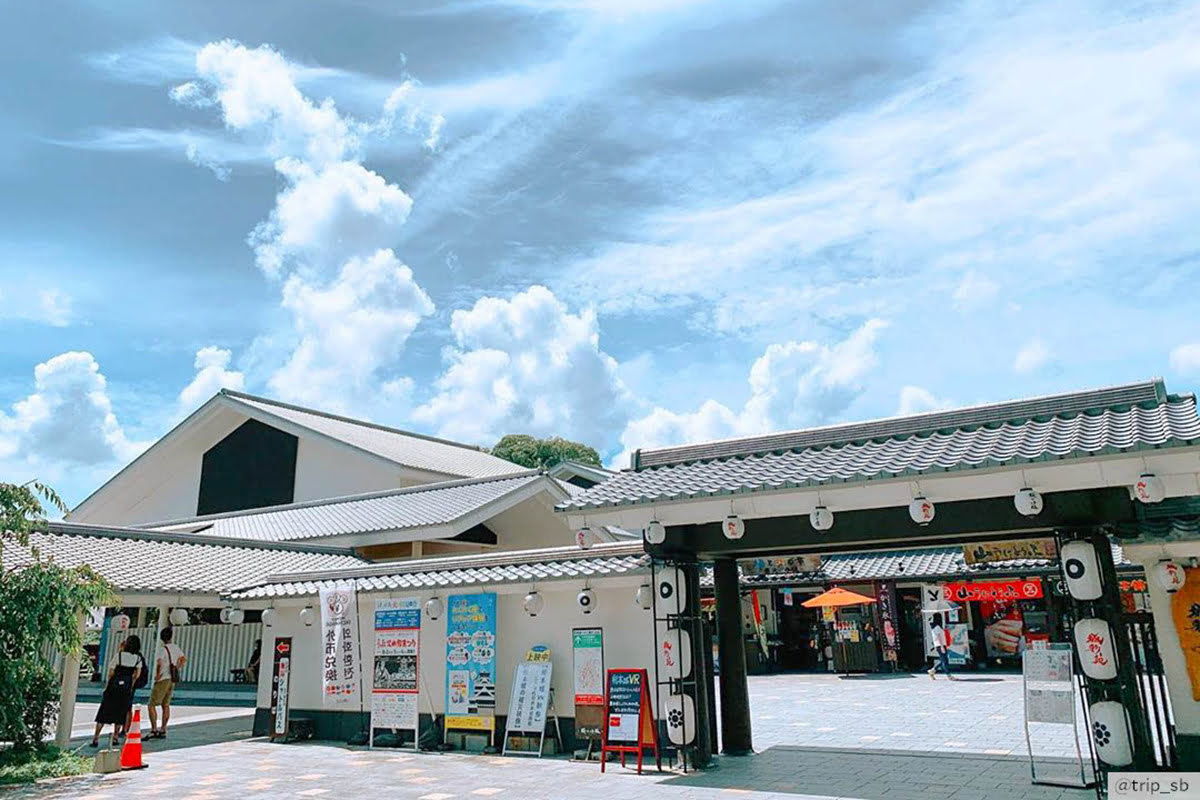
Things to Do in Kumamoto | Day 4 – Shopping
Kumamoto has plenty of great shopping. Before leaving the city, be sure to check out the great unique local shopping opportunities. Find the many souvenir stalls in markets and train stations or spend time in the shopping districts. Be sure to pick up some original crafts or artwork made by a local artisan.
Shopping in Kumamoto Station
Kumamoto Station is the first point of entry for many visitors to the city. The station has a shop inside with a wide selection of souvenirs and food items. There are more shopping opportunities outside the station, primarily outside the East Exit or in the attached Shintoshin Plaza.
Shintoshin Plaza
Shintoshin Visitor Information Center is connected to Kumamoto Station as part of Shintoshin Plaza. It houses a library, café, and shops. There also is a tourist information center and a small museum area with information on things to do in Kumamoto Prefecture. The café is a cozy and comfortable place to wait for your train, as well as an excellent information resource for visitors to the area.
Josaien (Johsaien Kumamoto Castle Town)
The popular shopping district of Josaien, also known as Johsaien Kumamoto Castle Town, and the connected Sakuranokoji Shopping Arcade are located right next to Kumamoto Castle. Browse the shops and restaurants in the area for your pick of souvenirs and delicious local specialty foods from Kumamoto, and spend a little time next door at SAKURA MACHI Kumamoto shopping mall. Visitors to the district also like to stop by Wakuwakuza History and Cultural Experience for a fun, hands-on educational tour.
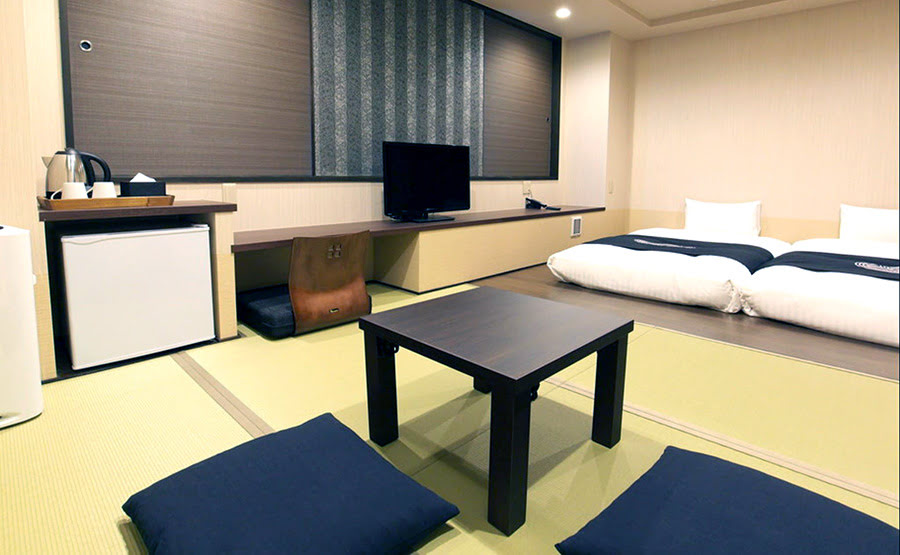
FIND & BOOK A HOTEL IN KUMAMOTO PREFECTURE
